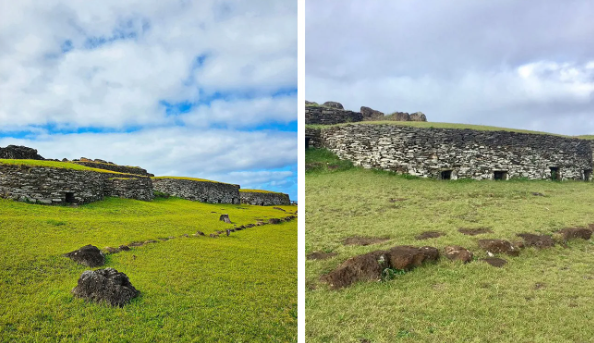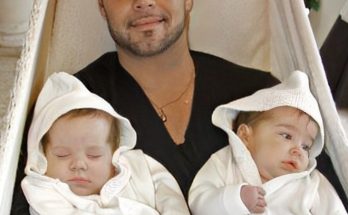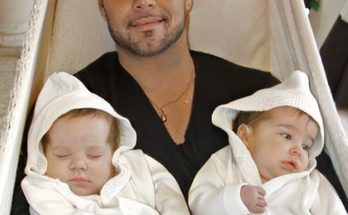Orongo was once the center of the Birdman cult on Rapa Nui, also known as Easter Island. The construction of the site probably took place around the 16th century, when the Birdman cult was at its peak. The site is rich with petroglyphs depicting birdmen, human figures with bird-like heads, and other symbols associated with the cult.

The ceremonial village also consists of around 50 stone houses with sod roofs, built in an elongated, elliptical shape. These houses were primarily used during the Birdman ceremonies and were not permanent residences. The arrival of Europeans in the 18th century led to significant changes on the island. Later, the Birdman cult declined following the introduction of Christianity in the 19th century.

The ruins of the “Birdman” cult on Rapa Nui (Easter Island) reflect a dramatic tribal ritual. Each year, contestants chose representatives to compete for the Birdman title. These representatives scaled the Rano Kau cliff, swam through shark-infested waters to Motu Nui island, and searched for Sooty Tern eggs. The first to find an egg won, and their sponsor was crowned Tangata-Manu, or Birdman. This title bestowed divine benefits upon the winner and his clan for the year.









